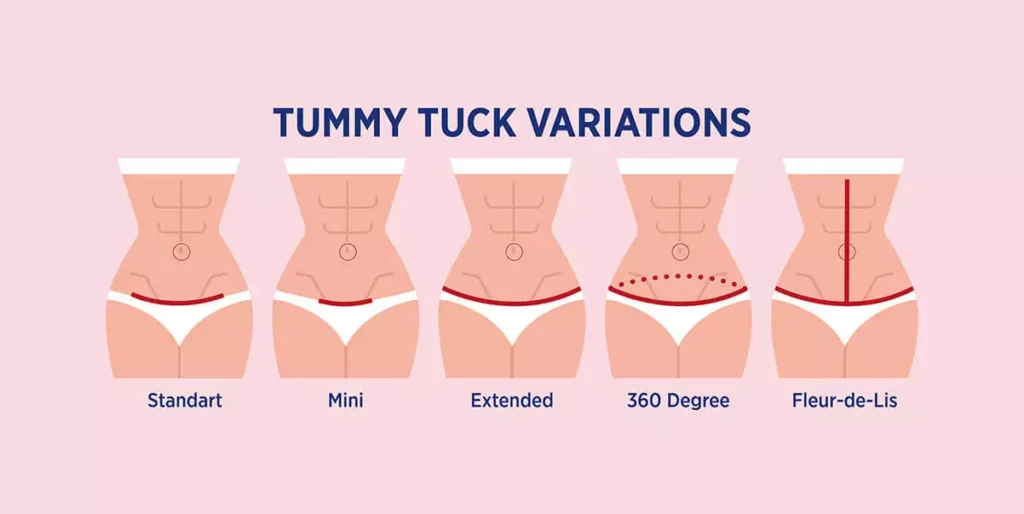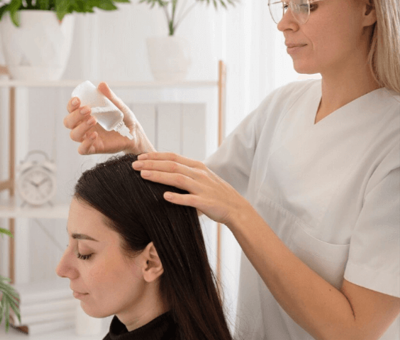A Complete Guide for International Patients Seeking Safe and Comfortable Healing
South Korea has become one of the top destinations for international patients seeking tummy tuck (abdominoplasty) surgery, thanks to its board-certified plastic surgeons, cutting-edge technology, and high safety standards.
But if you’re flying in from overseas, proper recovery planning is just as important as selecting the right clinic or surgeon. Tummy tuck surgery is a major procedure that requires at least 2–3 weeks of downtime, and international patients must approach post-op care with extra caution due to factors like jet lag, long-haul flights, and limited access to their home medical provider.
Here’s a step-by-step guide on how to plan your tummy tuck recovery in Korea as a medical tourist—based on protocols used in Korea’s top plastic surgery clinics.
✈️ Step 1: Pre-Trip Planning (1–2 Months Before Travel)
Before you even pack your suitcase, start planning the following:
✅ 1. Research and Choose a Certified Korean Plastic Surgeon
Look for:
- Board certification by the Korean Society of Plastic and Reconstructive Surgeons (KSPRS)
- Proven experience in tummy tuck procedures, including high-BMI or post-pregnancy cases
- Clinics that offer bilingual support and medical tourism services
✅ 2. Schedule a Virtual Consultation
Most top Korean clinics offer:
- Zoom or video consultations to assess candidacy
- Price quote (including anesthesia, surgery, recovery care)
- Pre-op instructions, including weight, medication, or skin prep advice
📂 Tip: Prepare your medical history, medications list, and abdominal photos for the virtual consult.
🧳 Step 2: Preparing for Your Trip
✍️ Book at Least 14–21 Days in Korea
Minimum stay is 14 days, but 21 days is ideal for:
- Initial healing
- Drain removal
- Scar monitoring
- Surgeon clearance to fly home
🏨 Reserve a Recovery-Friendly Accommodation
Options include:
- Clinic-affiliated recovery centers (with nurse staff, meals, and medical beds)
- Short-term apartments near the clinic with elevators and low-floor access
- Hotels with medical partnerships that allow compression garment storage, IV service, or room call visits
🎒 What to Pack
- Button-down, loose clothes
- Compression garment (clinic-provided or own)
- Travel pillow for reclined rest
- Scar cream, abdominal binder (optional)
- Wound care supplies (some clinics provide a full kit)
🏥 Step 3: Surgery and Immediate Recovery (Week 1)
Day 1–2: Arrival & Pre-Op
- Attend in-person consultation
- Take lab tests, ECG, and imaging
- Discuss surgical plan (full vs. mini tummy tuck, lipo inclusion)
Day 3: Surgery Day
- Usually done under general anesthesia
- Return to your recovery suite or post-op room 4–6 hours later
- Begin IV fluids, pain meds, and mild antibiotics
Day 4–7: In-Clinic or Medically Supervised Recovery
- On-site nursing staff checks wounds and drain output
- Limited movement (sitting, slow walking) begins
- Light meals (porridge, broth) + hydration encouraged
💬 “We monitor vitals and healing every day for the first 5–6 days. It’s essential for overseas patients to stay close.”
— Dr. Yoon Ji-won, Plastic Surgeon, Seoul
🛌 Step 4: Mid-Recovery & Gentle Mobility (Week 2)
Drain Removal & Wound Check
- Around Day 6–8, your drain may be removed depending on fluid output
- Compression garment re-fitted or changed
- Silicone scar tape or ointment started
Gradual Movement
- Light walks around the recovery facility or local park
- Short cultural outings: tea shops, hanok village stroll, calligraphy workshops
- Avoid stairs, long taxi rides, or tourist crowds
Medical Follow-Ups
- In-person dressing changes (2–3 times)
- Surgeons use ultrasound or Doppler to detect hidden fluid buildup (seroma)
- Medication adjusted (painkillers, anticoagulants if needed)
☕ Step 5: Preparing for Return (Week 3)
By now, you should:
- Be walking upright (or nearly so)
- Have no active wound drainage
- Be cleared to resume air travel
Your final check-up includes:
- Scar photo documentation
- Tips for at-home care
- A medical report in English (for insurance or future doctors)
🧭 Sample 3-Week Recovery Itinerary for Overseas Patients
| Day | Activity |
|---|---|
| Day 1 | Arrive, rest, prepare for consultation |
| Day 2 | Pre-op tests and final surgical planning |
| Day 3 | Surgery |
| Day 4–7 | In-clinic recovery (meals, dressing changes, IVs) |
| Day 8 | Drain check/removal, gentle walking |
| Day 9–12 | Light tourism (if approved), scar therapy starts |
| Day 13–14 | Final wound check, compression garment fitted |
| Day 15–21 | Optional extended stay or slow return to home country |
💡 Bonus: Korea-Specific Recovery Perks
| Service | Benefit |
|---|---|
| Recovery hotels | Nurse on-call, daily meals, medication reminders |
| Lymphatic drainage therapy | Offered by certified massage therapists, reduces swelling |
| LED or laser healing | Clinics offer red light therapy to reduce inflammation |
| Customized compression garments | Tailored in-clinic for better contouring and comfort |
| Multilingual coordinators | Assist with prescriptions, taxis, groceries, and daily care |
⚠️ Mistakes to Avoid as an Overseas Patient
| Mistake | Risk |
|---|---|
| Leaving Korea too early (before Day 10) | Missed drain removal, risk of fluid buildup or infection |
| Overestimating ability to sightsee | Delayed healing, surgical site strain |
| Booking a basic hotel too far from clinic | Difficult mobility and emergency access problems |
| Not disclosing medical history pre-surgery | Higher anesthesia or post-op complications |
🧘 Final Thoughts from Korean Surgeons
“Recovery is not just lying down—it’s a structured process that requires smart nutrition, movement, and medical follow-up. Overseas patients should treat this as a health retreat, not a vacation.”
— Dr. Park Hyeon-woo, Gangnam Plastic Surgery Clinic
🌏 Ready to Recover Safely in Korea?
A well-planned tummy tuck journey in Korea offers the best of both worlds: expert surgical results and personalized recovery care. Whether you’re flying in from the U.S., Canada, UAE, or Australia, Korea’s top clinics are equipped to provide safe, luxurious, and medically sound healing environments tailored for international patients.




